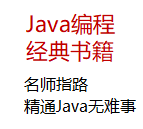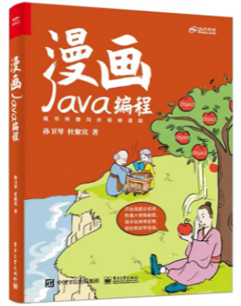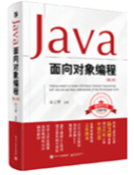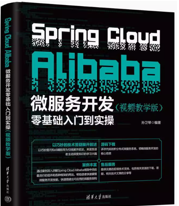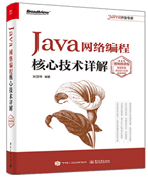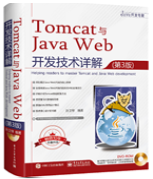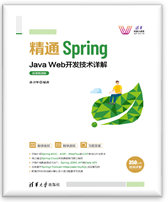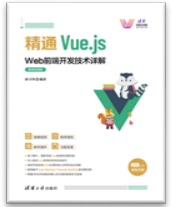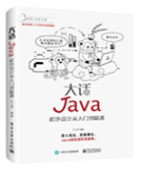|
|
传输对象模式传输对象模式(Transfer Object Pattern)用于从客户端向服务器一次性传递带有多个属性的数据。传输对象也被称为数值对象。传输对象是一个具有 getter/setter 方法的简单的 POJO 类,它是可序列化的,所以它可以通过网络传输。它没有任何的行为。服务器端的业务类通常从数据库读取数据,然后填充 POJO,并把它发送到客户端或按值传递它。对于客户端,传输对象是只读的。客户端可以创建自己的传输对象,并把它传递给服务器,以便一次性更新数据库中的数值。以下是这种设计模式的实体。 - 业务对象(Business Object) - 为传输对象填充数据的业务服务。
- 传输对象(Transfer Object) - 简单的 POJO,只有设置/获取属性的方法。
- 客户端(Client) - 客户端可以发送请求或者发送传输对象到业务对象。
实现 我们将创建一个作为业务对象的 StudentBO 和作为传输对象的 StudentVO,它们都代表了我们的实体。
TransferObjectPatternDemo,我们的演示类在这里是作为一个客户端,将使用 StudentBO 和 Student 来演示传输对象设计模式。
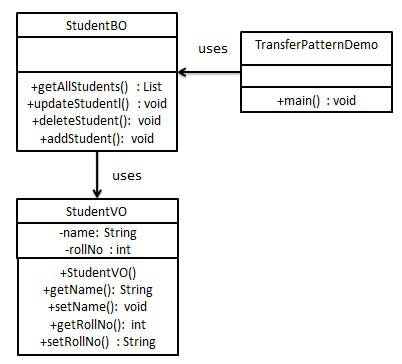
步骤 1 创建传输对象。
StudentVO.javapublic class StudentVO {
private String name ;
private int rollNo ;
StudentVO ( String name , int rollNo ) {
this . name = name ;
this . rollNo = rollNo ;
}
public String getName ( ) {
return name ;
}
public void setName ( String name ) {
this . name = name ;
}
public int getRollNo ( ) {
return rollNo ;
}
public void setRollNo ( int rollNo ) {
this . rollNo = rollNo ;
}
} |
步骤 2 创建业务对象。 StudentBO.javaimport java . util . ArrayList ;
import java . util . List ;
public class StudentBO {
// 列表是当作一个数据库
List < StudentVO > students ;
public StudentBO ( ) {
students = new ArrayList < StudentVO > ( ) ;
StudentVO student1 = new StudentVO ( " Robert " , 0 ) ;
StudentVO student2 = new StudentVO ( " John " , 1 ) ;
students . add ( student1 ) ;
students . add ( student2 ) ;
}
public void deleteStudent ( StudentVO student ) {
students . remove ( student . getRollNo ( ) ) ;
System . out . println ( " Student: Roll No "
+ student . getRollNo ( ) + " , deleted from database " ) ;
}
// 从数据库中检索学生名单
public List < StudentVO > getAllStudents ( ) {
return students ;
}
public StudentVO getStudent ( int rollNo ) {
return students . get ( rollNo ) ;
}
public void updateStudent ( StudentVO student ) {
students . get ( student . getRollNo ( ) ) . setName ( student . getName ( ) ) ;
System . out . println ( " Student: Roll No "
+ student . getRollNo ( ) + " , updated in the database " ) ;
}
} |
步骤 3 使用 StudentBO 来演示传输对象设计模式。 TransferObjectPatternDemo.javapublic class TransferObjectPatternDemo {
public static void main ( String [ ] args ) {
StudentBO studentBusinessObject = new StudentBO ( ) ;
// 输出所有的学生
for ( StudentVO student : studentBusinessObject . getAllStudents ( ) ) {
System . out . println ( " Student: [RollNo : "
+ student . getRollNo ( ) + " , Name : " + student . getName ( ) + " ] " ) ;
}
// 更新学生
StudentVO student = studentBusinessObject . getAllStudents ( ) . get ( 0 ) ;
student . setName ( " Michael " ) ;
studentBusinessObject . updateStudent ( student ) ;
// 获取学生
studentBusinessObject . getStudent ( 0 ) ;
System . out . println ( " Student: [RollNo : "
+ student . getRollNo ( ) + " , Name : " + student . getName ( ) + " ] " ) ;
}
} |
步骤 4执行程序,输出结果:
Student: [RollNo : 0, Name : Robert ]
Student: [RollNo : 1, Name : John ]
Student: Roll No 0, updated in the database
Student: [RollNo : 0, Name : Michael ]
程序猿的技术大观园:www.javathinker.net
[这个贴子最后由 flybird 在 2020-01-31 15:37:52 重新编辑]
|
|

